I don’t know if this is just me, but I’ve always looked to tough spots to see what plants will survive under truly awful conditions – places like highway medians, plantings in little squares in the middle of sidewalks and parking lots, etc. Out here I see many of the same plants over and over – things like rugosa rose, Russian sage, cleome, gladiola, zinnia, coreopsis, dusty miller. In New Mexico, Russian sage is also popular, but the second most popular is yarrow, especially the silver-leaved kinds, followed by sunflowers – to heights that would be quite literally unimaginable in most New England gardens – are also quite common, often seemingly having seeded themselves in.
There are also many native plants in plantings there that would not survive in most New England gardens – it’s just too wet here compared to there – but agastache is common in both tough spots and regular ole gardens, and as you know if you’ve been reading this blog for a while, I began planting it in my last garden, a dry, windy slope with conditions quite unlike most Boston-area gardens. Not only did the ones that were supposed to be hardy to my zone (6B) survive, but my first year growing it, even some of the ones that were only supposed to be hardy to zone 7 also survived. Last summer was so incredibly wet here that it killed off a lot of the Southwestern plants, including some of the agastaches. But this summer has been hot with little rain, and what does come usually arrives in torrential downpours just like is common in the Southwest.
The plants I’ve put in the little strip between the house, the concrete of the sidewalk and the path to the front door, and the asphalt of the path to the back of the house have overall been thriving in these awful conditions, and they include a favorite in pockets here – moss rose. I transplanted some of the young ones from my old garden, and then, starting with a fresh slate, bought two big pots of them at the nursery. They did so well I bought two more big pots, the last two they had in mixed colors. By now the moss rose have taken over the front of the strip, literally forming a carpet that is spilling over the edging in some spots, headed for the sidewalk. Each flower is so short-lived – just hours – that often if I go by in the morning and then come back in the afternoon, entirely different flowers will be blooming than the last time I passed by. The herb farm that comes to some local farmers’ markets has some nicely robust plants for really good prices for this area, and I bought two agastaches from them, one at a time – the only kind they sell, ‘Heather Queen,’ which I also grew in my old garden, and one of the ones that is supposed to be hardy here. (I keep saying “supposed to” because zones solely take temperatures into account, but with plants from vastly different climates, that’s not all that counts – for example, things like the amount of precipitation matter a lot to a plant from an area that doesn’t have it very often while it’s actively growing.) Interestingly, something that’s happened to me before happened again – even though they were the same cultivar, form the same grower, when I planted them near each other one began to thrive and the other wilted. It’s coming back, slowly, with watering, but it’s still not nearly as happy as its agastache brethren. I’ve always wondered why this is, and I have some theories but nothing definite.
I also planted some more from the nursery – two big pots of mixed gazanias, a pineapple sage, and some pots of my old favorite ‘Trailing Lavender’ lantana (which has protested being planted near other plants by not being so trailing here) – as well as some more from the herb farm and some from other stalls at the local markets – 12 marigolds (most orange-with-red, but a few mixed colors), 12 mixed snapdragons (some didn’t make it, but the ones that did are thriving), 6 rudbeckia ‘Cherry Brandy’ (that one that was new last year; it seems to be doing much better here than it did in my old garden), 2 lavenders, 3 echinaceas (similar to the agastaches, 1 of the 3 started out doing much worse than the other 2, even though they were planted near each other), a rosemary, hyacinth bean, cardinal vine, and 2 ornamental peppers that turn purple and whose leaves are brushed with green, white and purple. And I transplanted a few more things from my old garden – licorice plant (which didn’t make it), tall verbena, some Gloriosa daisies that unexpectedly survived the winter. So far in the larger area that’s got huge unpruned shrubs and tons of weeds in with the surviving plants from the abandonment of the garden, I’ve planted one tiny area, with a sunflower, a moonflower and a cardinal vine. At the nursery a bit ago I got a very big pot of small sunflowers and a slightly smaller pot of mealy sage (I think it’s ‘Victoria’) to plant by them, but it’s been so hot and often humid most days that I haven’t done it yet.
The crops I planted in the half-barrels that I brought from my old garden have been doing great overall. The herbs – another pineapple sage, another rosemary, a thyme and an oregano – have adjusted well, the strawberry is putting out lots of leaves (no flowers yet), the chiles are still flowering (when I last thoroughly checked a few days ago, there were no fruits yet), and the tomatoes are covered in flowers with several fruits forming. I harvested my first cherry tomato recently, eaten straight off the vine right in the garden – what can be better? This already makes one more tomato than I harvested last year, when it was so cold, wet and gloomy that they didn’t even begin flowering for me until sometime in September.
There have been two semi-problems so far. One is that no matter what I do, it’s so windy in the driveway that the bean plants fall back down their poles after I leave them unattended. The other is that the eggplant plants have only been putting out leaves, and have not been growing as robustly as everything else; I don’t know why, though I do know that eggplants have a reputation for being slower-growing than other crops, and also for being especially sensitive to having their roots disturbed (to the point where it can kill them). Hopefully they’ll pick up the pace soon. Though while July was so August-like that it really feels like it was August, it is only August now – so hopefully they’ll have plenty of time to form. I did check my notes since last post and it’s ‘Gretel’ I’ve got going. Here is some info on it. I didn’t realize it was an F1 hybrid, but honestly since this cultivar was made for smaller spaces I’m not very surprised; it seems like a lot geared this way are F1s. Thankfully I hadn’t been set on saving seeds of this particular cultivar anyway.
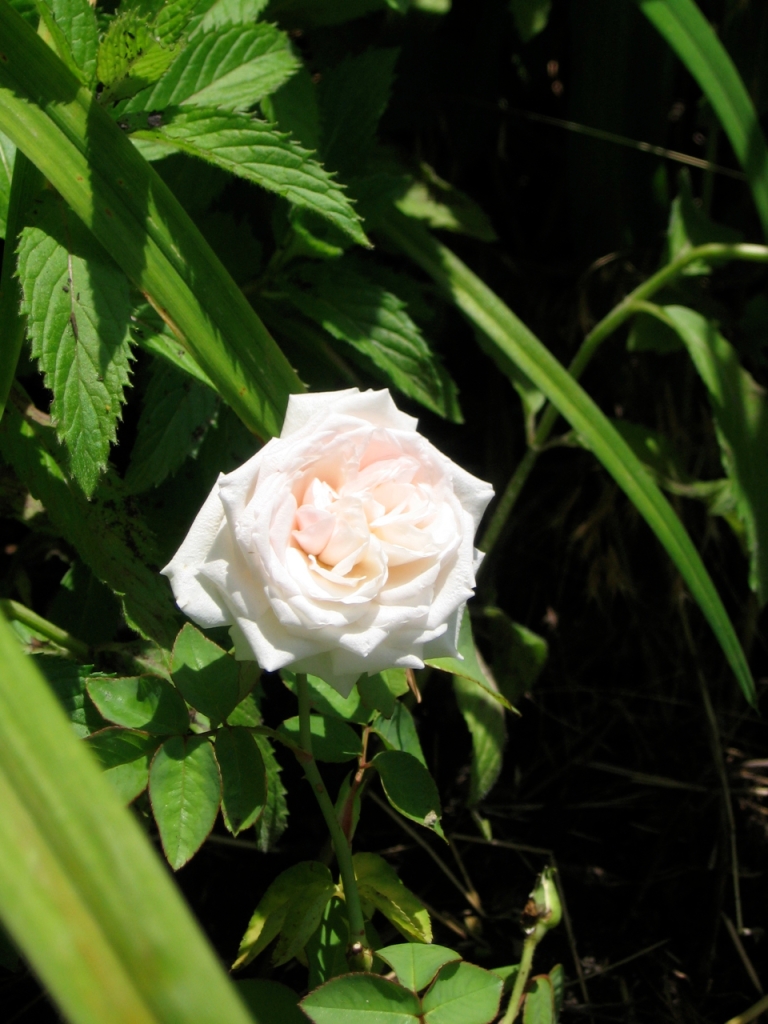
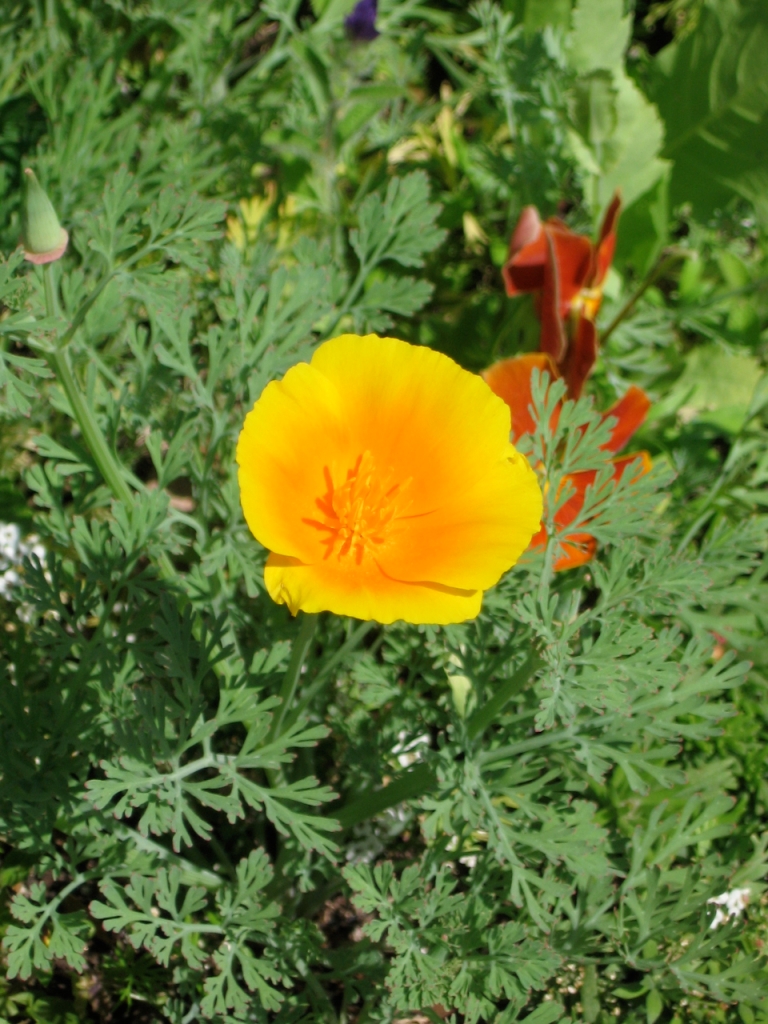
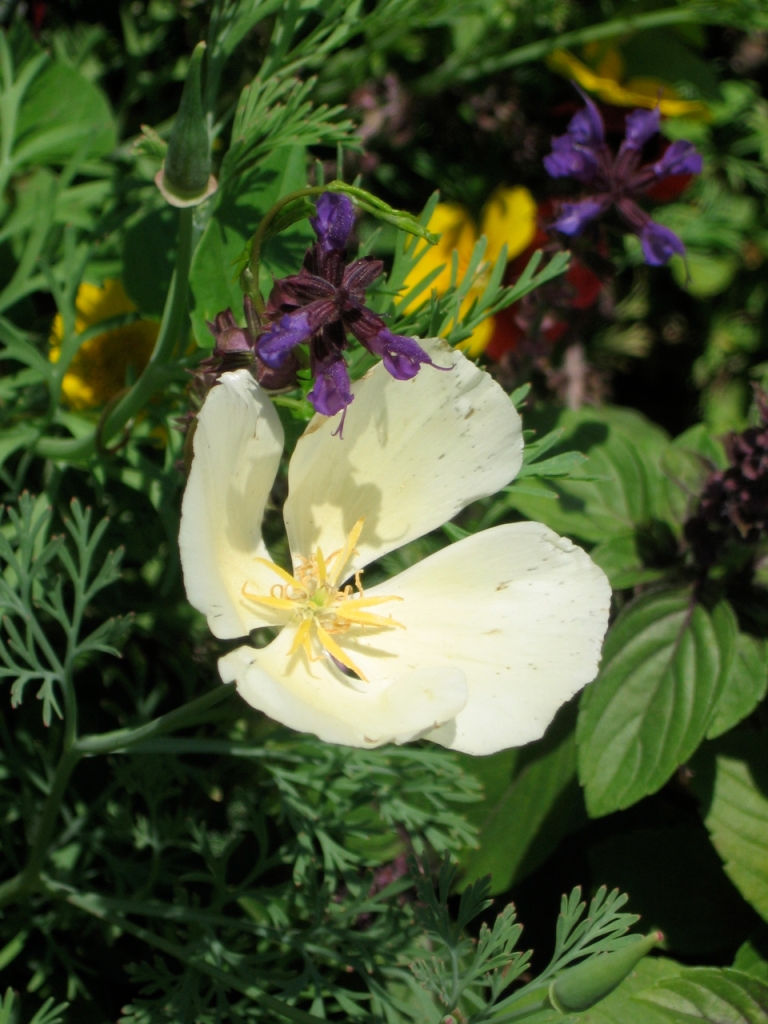
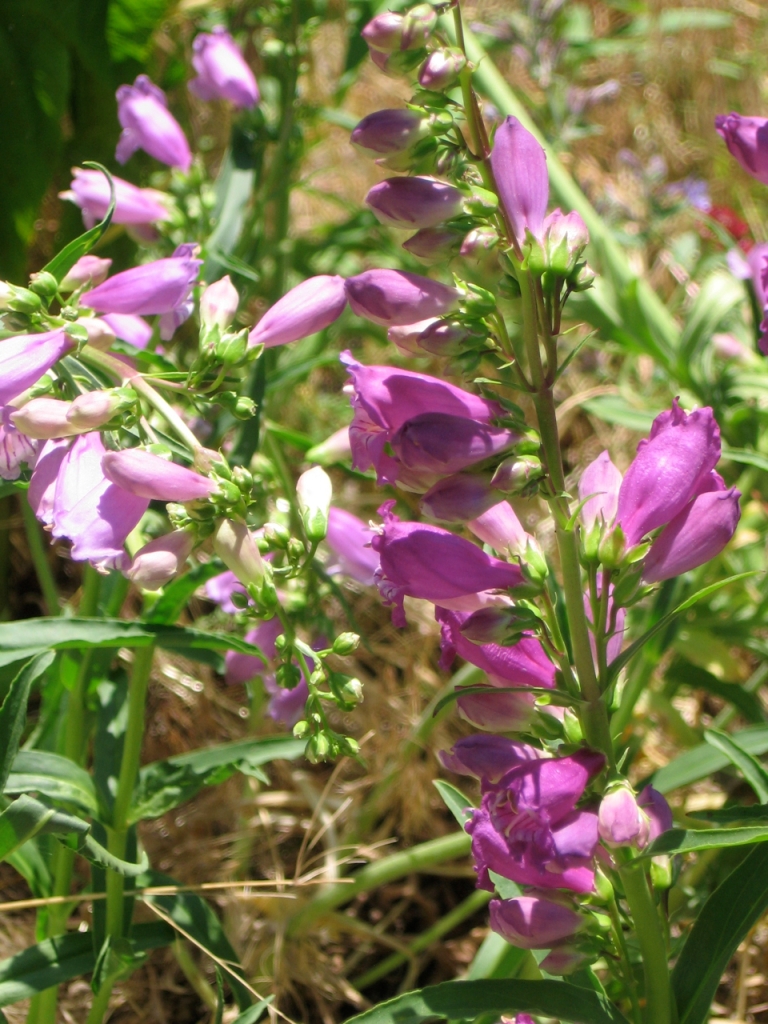

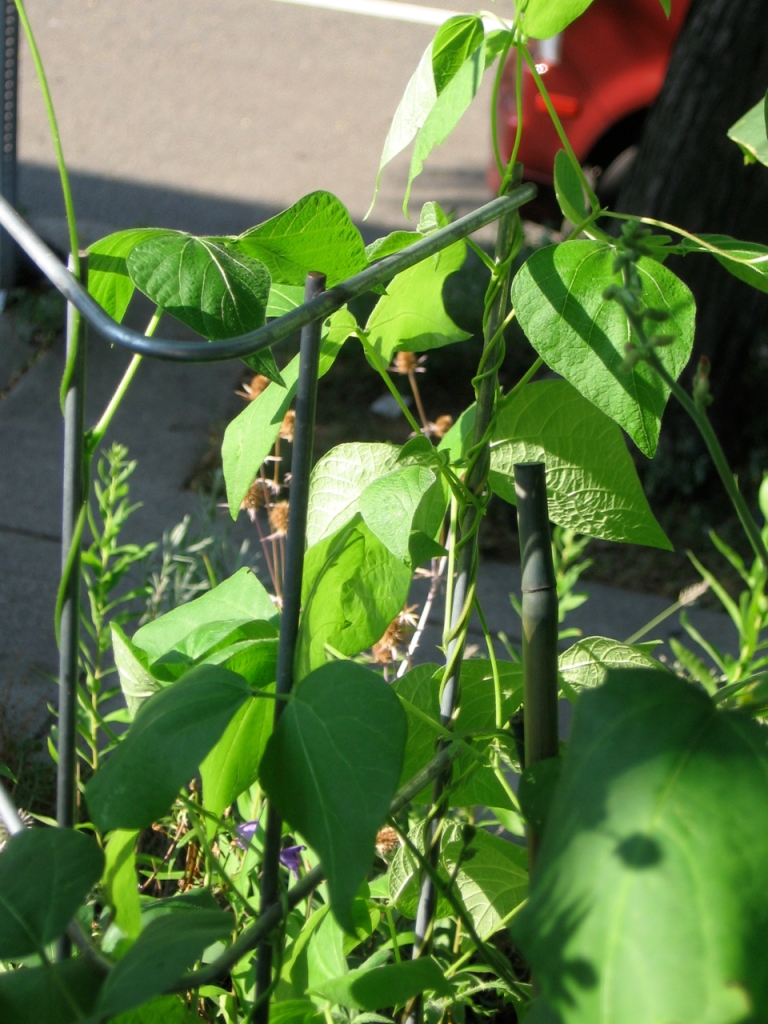
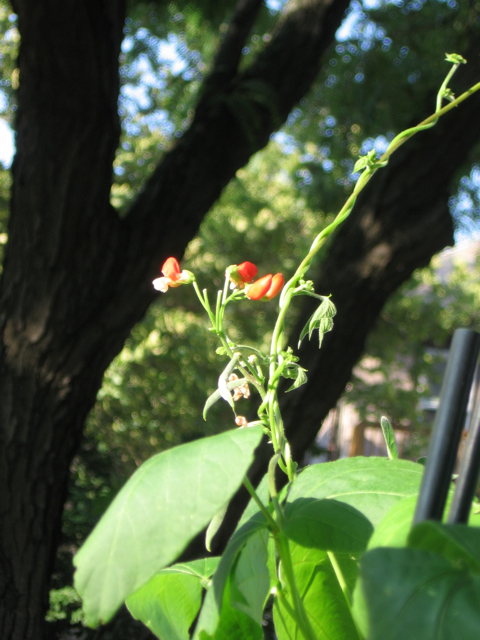
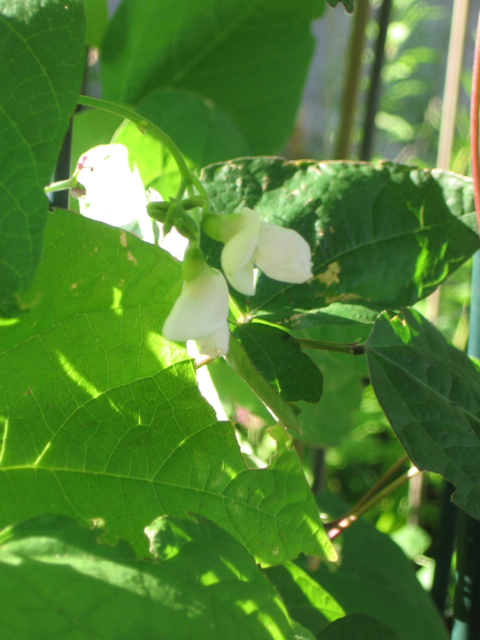
Recent Comments